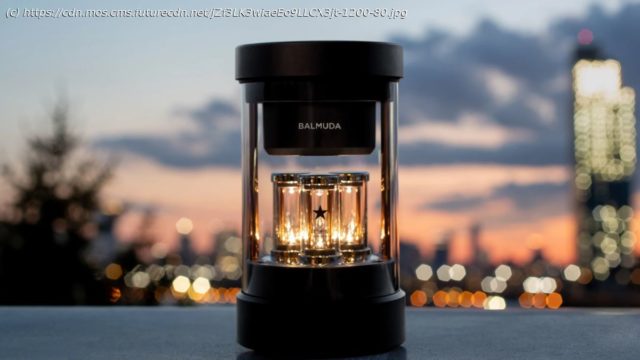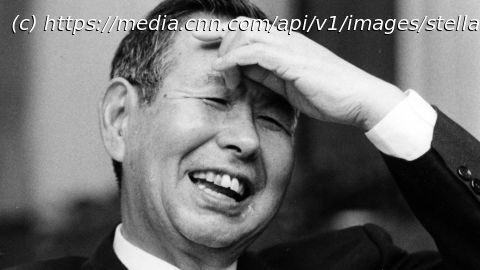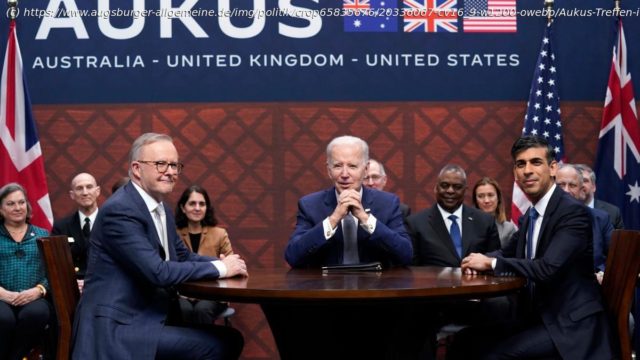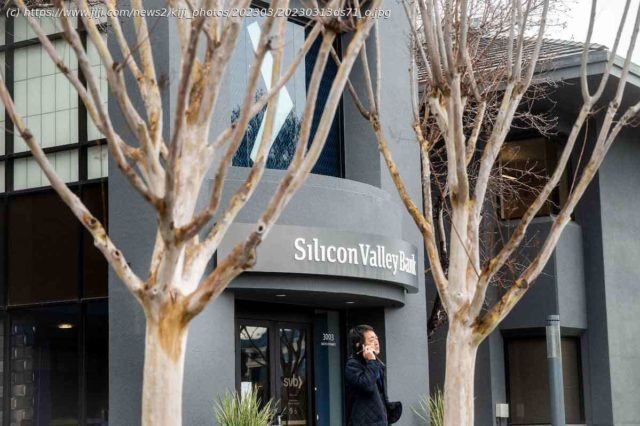Alaska oil project approval adds yet another climate concern
JUNEAU, Alaska (AP) — The Biden administration’s approval of a massive oil development in northern Alaska commits the U.S. to yet another decadeslong crude…
The Biden administration’s approval of a massive oil development in northern Alaska commits the U.S. to yet another decadeslong crude project even as scientists urgently warn that only a halt to more fossil fuel emissions can stem climate change.
ConocoPhillips’ Willow project would produce 180,000 barrels of oil a day at its peak, and using that crude would result in at least 263 million tons (239 million metric tons) of greenhouse gas emissions over 30 years.
Demand for oil isn’t dropping as the planet heats, and a bitter political dispute over the project, which was approved Monday, has underscored the Democratic administration’s struggle to balance economic pressures against pledges to curb fossil fuels. The proposal in the remote region north of the Arctic Circle also highlights the paradox facing the U.S. and other nations: The world’s transition to clean energy lags the realities of an economy still largely driven by oil consumption.
“At some point, we have to leave oil and gas and coal in the ground. And for me, that some point is now — particularly in a vulnerable ecosystem like the Arctic,” said Rob Jackson, a climate scientist at Stanford University.
For Alaska, the project promises an economic boost after oil production dropped sharply since the late 1980s, and political leaders from both parties in the state united in support of it. Oil has long been the economic lifeblood of the still-young state, with revenues also helping remote communities and villages on Alaska’s petroleum-rich North Slope invest in local infrastructure.
But the state has also felt the impacts of the changing climate: coastal erosion is threatening Indigenous villages, unusual wildfires are popping up, sea ice is thinning and permafrost promises to release carbon as it melts.
The International Energy Agency has said new investments in oil and gas drilling must be halted if nations, including the U.S., hope to reach their 2050 goal of net-zero emissions, meaning only as much planet-warming gas is released into the atmosphere as can be absorbed.
The energy sector accounts for 90% of carbon dioxide emissions worldwide and three-quarters of the total human-made greenhouse gases released into the atmosphere.
Yet global demand for crude is expected to continue rising, according to industry analysts and the U.S. Energy Information Administration.
Instead of targeting domestic supplies of those fuels — including projects like Willow — energy expert Jim Krane said policymakers need to focus on reducing demand.
“If you target supply in the U.S. without any kind of measures to bring demand down, refiners are just going to pull their oil from overseas,” he said.
Targeting supplies also could have broader economic effects since the cost of transportation is one of the drivers of inflation, Krane added.
Electric vehicles offer a potential substitute for gasoline-powered cars and trucks, but so far they’ve barely dented fossil fuel demand. By 2030, EV is expected to displace 2.7 million barrels of oil a day, according to new findings from Enverus Intelligence Research, a data analysis firm focused on the energy industry.
That’s less than 3% of global oil consumption, which in 2030 is anticipated to be about the same as current levels — roughly 100 million barrels a day, said Al Salazar, senior vice president of the research company.
“Demand does not go to zero in a blink-of-the-eye,” Salazar said. “It takes time to turn over the entire light duty vehicle fleet.”
The Willow project is in the National Petroleum Reserve-Alaska – a place where Republican U.S. senators have noted drilling should be expected. The Biden administration last year reinstated an Obama-era management plan for the petroleum reserve that limited oil and gas leasing to about 52% of federal lands in the area. That rolled back a Trump-era plan that called for making available for leasing about 82% of the federal lands.
The greenhouse gasses from Willow would equal emissions from about 1.7 million cars. That’s only 0.1% of total U.S. emissions. Interior Department officials for years have cited such relatively small emissions on a global scale as justification for approvals of coal mines and oil gas leases.
Jackson said that perspective can’t continue if the worst effects of climate change are to be avoided. The planet is “as far from zero emissions as we’ve ever been” despite the emphasis on renewable energy.
“It’s the same as thinking, well, every new car we put on the road or coal plant we build doesn’t matter because there are millions of other cars and thousands of other coal plants around the world operating,” he said.
Prior to the Willow decision, the administration already had softened its opposition to oil and gas that marked the early days of Biden’s presidency.
The Democrat initially suspended new oil and gas lease sales, and the administration then fended off a legal challenge to that policy from Republican state attorneys general. But during negotiations over last year’s climate bill, the administration agreed to tens of millions of acres of new leasing to get the support of Democratic holdout Sen. Joe Manchin, of West Virginia.
Provisions in the measure link oil and gas leasing to renewable energy development. As a result, the administration plans to offer for sale later this month more than 73 million acres of oil and gas leases in the Gulf of Mexico. In May and June, it will auction 280,000 acres of onshore leases in Wyoming, New Mexico, Montana and other states.
Environmentalists say the Gulf sale could result in drilling that would extract more than 1 billion barrels of oil and large volumes of natural gas over the next 50 years.
“This administration has pledged to oversee a historic transition to clean energy, but actions speak louder than words,” said Earthjustice attorney George Torgun, who represents environmental groups that have asked a federal court to stop the Gulf sale.
Kara Moriarty, president and CEO of the Alaska Oil and Gas Association, said the transition to more renewable energy sources will not be like flicking a switch. She predicted the oil and gas industry will continue for decades.
“We will have an industry 30 years from now,” she said.
___
Brown reported from Billings, Montana.
Copyright
© 2023 The Associated Press. All rights reserved. This material may not be published, broadcast, written or redistributed.












